GT Grade Elite gravel bike review – a good bike let down by its brakes
The GT Grade Elite is a good entry point to gravel riding. It would make a good commuter or winter training bike, too
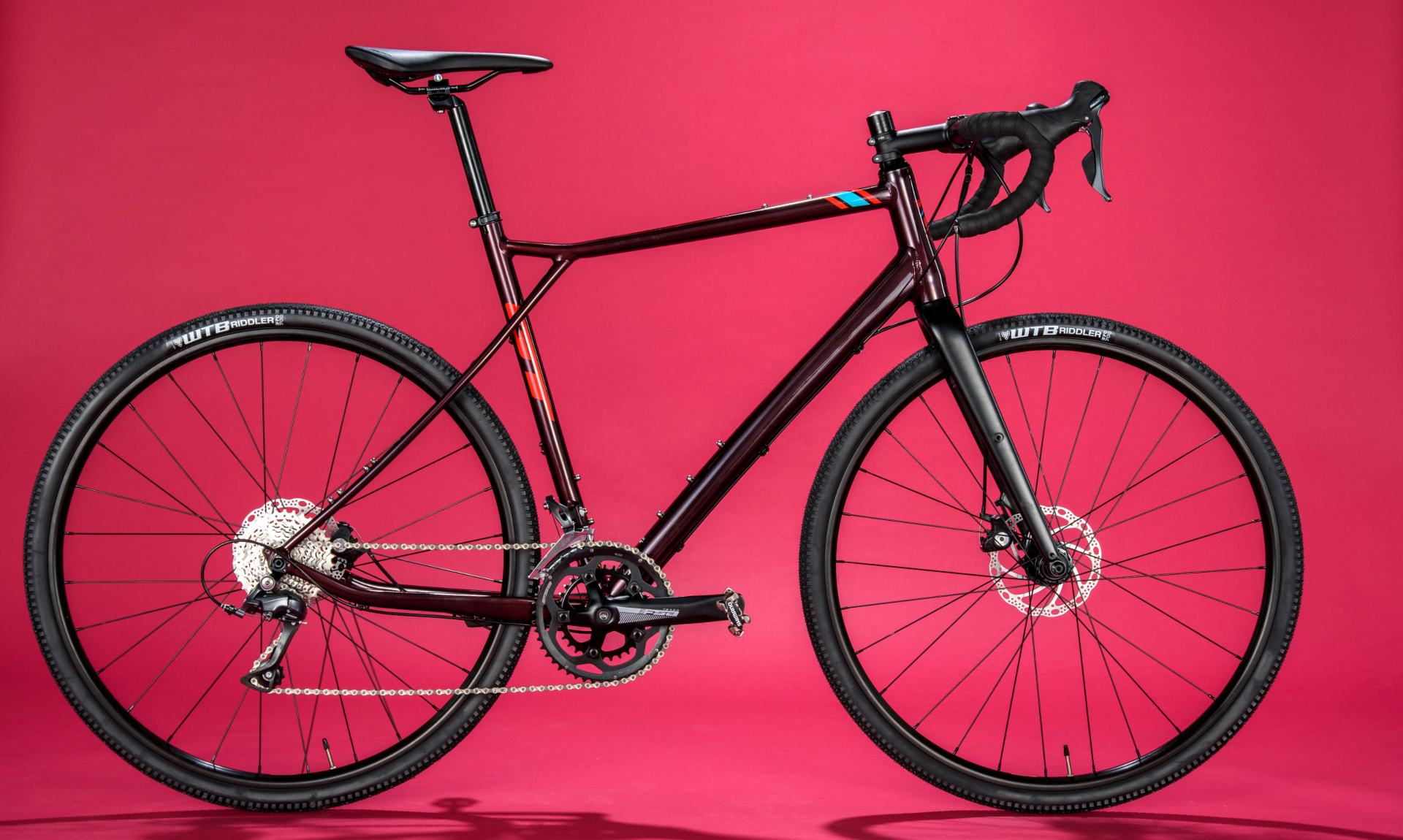
A decent frameset and drivetrain on a bike that rides well, but it's let down a bit by the below par brakes. Spend more for hydraulic disc brakes and you’ll have a decent bike.
-
+
Decent frame
-
+
Handles well
-
+
Good value for money
-
+
Functional, no-nonsense drivetrain
-
-
The brakes are not good
You can trust Cycling Weekly.
The GT Grade Elite is an entry-level gravel bike for those looking to venture off the tarmac and go further afield. It would make a good year-round commuter or winter training bike for someone with a ‘best’ summer bike.
“This bike would suit the weekend warrior or the cycle to work consumer and user perfectly,” explains Josh Whiting, GT’s UK Sales Manager.
“The gravel scene wouldn’t be where it is today without innovative bikes like the GT Grade pioneering the way,” enthuses Whiting. “Our iconic Triple Triangle frame with floating stays ensures the best ride on any multi-terrain adventure.
“It’s the perfect out the box ready to rumble gravel bike which offers great value and a frame which is set for anything,” he adds.
Generally, it’s a decent bike and fits its price bracket. However, how does it compare to the best budget gravel bikes? As I’ll go on to explain, not everything was top notch.
GT Grade Elite: The frame
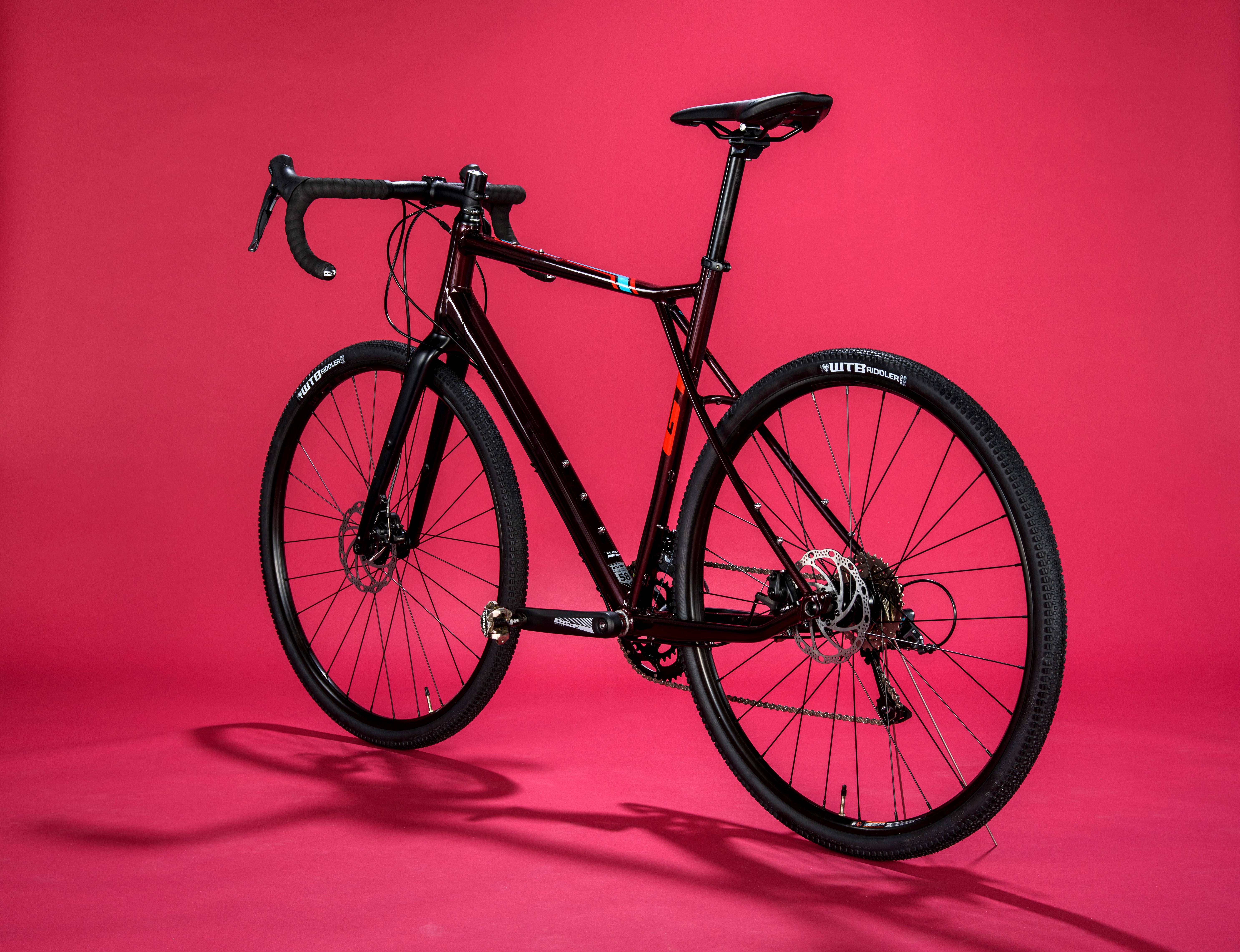
The frame is the bike’s best asset: as you’d hope from most bikes, but it’s not always the case. Having ridden GT bikes in my teens, I was already a fan of the brand and getting on the Grade Elite came with a dose of nostalgia that added to the enjoyment of riding it.
The frame is made from what GT calls ‘Grade Alloy’ and – naturally – features the brand’s signature triple triangle design. For those really adventuring onto gnarlier terrain, the frame is compatible with a dropper seat post.
I usually ride a size 56cm, but had this model in a 58cm. This could have made it unwieldy, but actually it fitted me pretty spot on (I think I fall between sizes on GT). It was comfortable to ride, whether on tarmac, gravel or compacted earth tracks.
The bike obviously isn’t as light as my carbon Cannondale road bike, which I switched to at regular intervals throughout the review period, but it’s hardly a cumbersome heavyweight. Tipping the scales at 10.87kg, the bike clipped along on the flat fine and climbed well enough – including some 20%+ off-road gradients.
GT Grade Elite: Specification
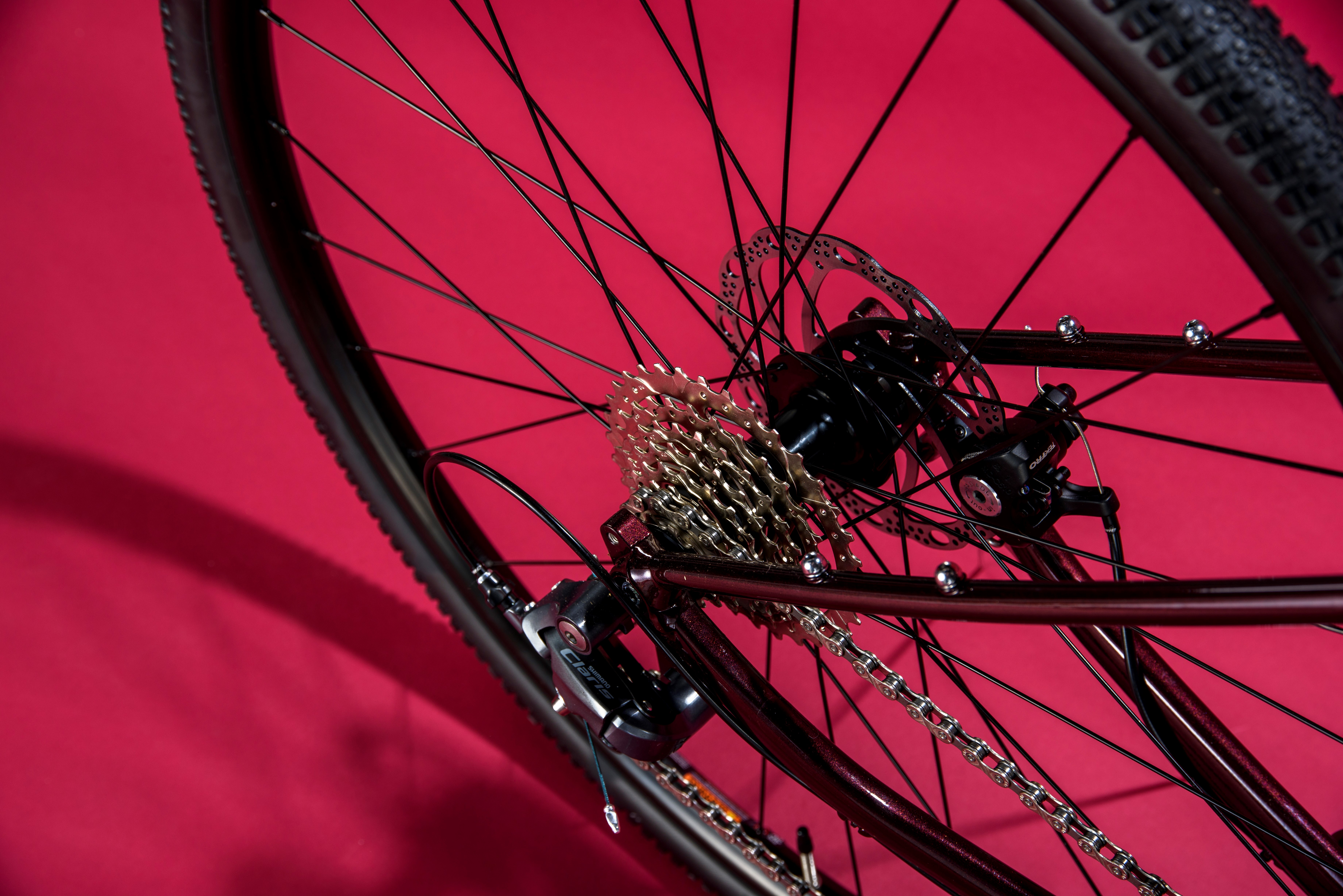
Not uncommon for lower end bikes, the groupset is a multi-brand affair. The transmission comes from Shimano in the shape of Claris front mech, rear mech and shifters. The chainset is FSA and KMC provides the chain. All of this works fine.
The brakes, on the other hand, do not work fine. Sometimes, on the earliest rides on the bike, I wondered if they were going to work at all. I’ll admit a longstanding bias against mechanical disc brakes – I’ve never used a pair I couldn’t dislike.
But until I got more used to them, this offering from Tektro felt sketchy, sometimes worryingly slack, on steeper descents. The brakes, or my lack of confidence in them, (compared to Campagnolo Chorus rim brakes or Shimano Ultegra hydraulic disc brakes) was such that I felt slightly out of control on familiar tracks and trails.
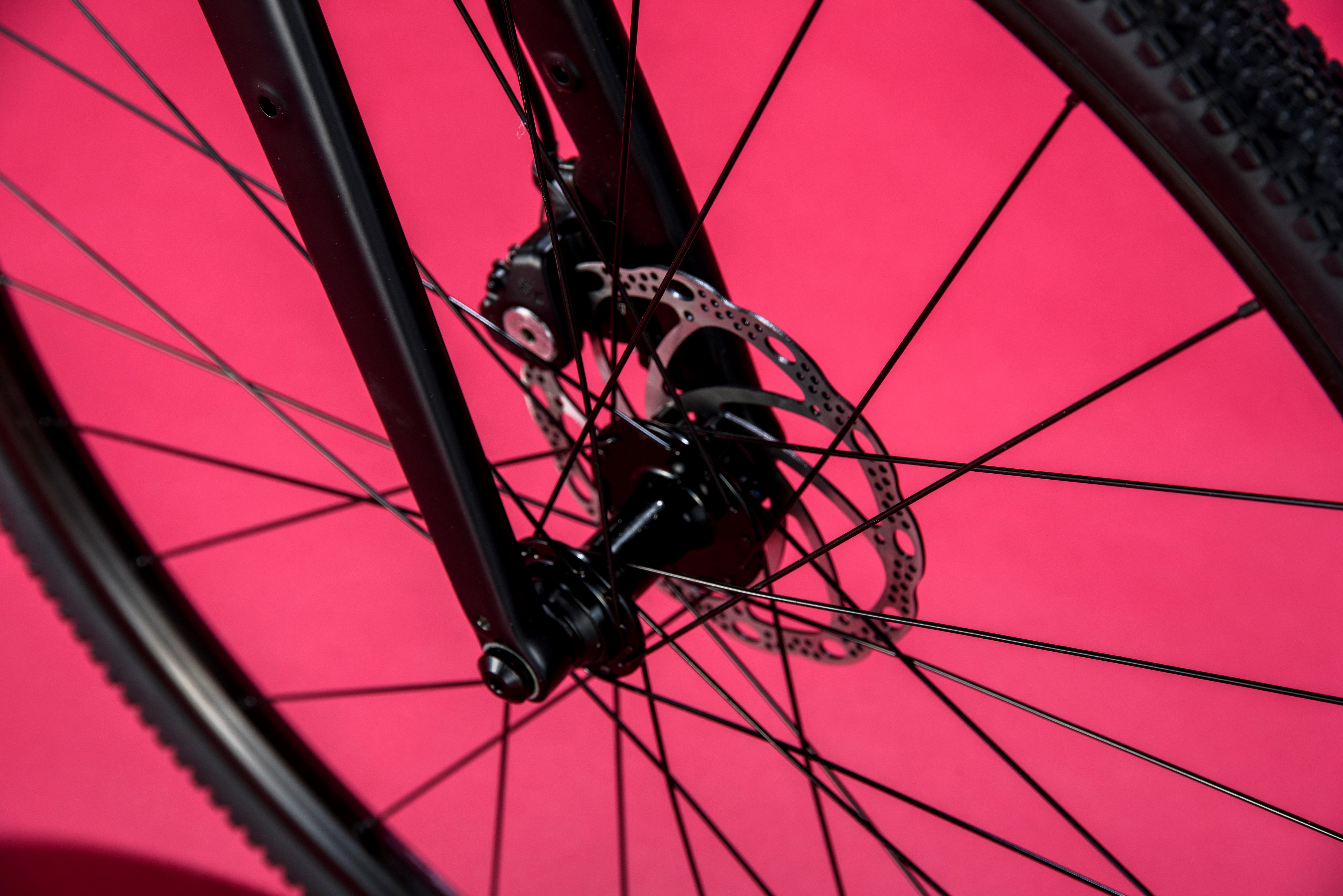
Now, admittedly, if you bought the GT Grade Elite as a new rider or someone returning to cycling after a long pause, your riding would adapt to the performance of the bike (specifically the brakes) and you’d ride accordingly – as happened to me once I’d been out on it a few times.
GT’s Whiting is keener on the brakes, as you might expect. “The mechanical Tektro brakes are good performers and easy to live with,” he contests. Where our opinions align more is the groupset. “The Shimano Claris groupset is great for both on and off-road adventure,” Whiting says, and I would agree – it does what it needs to.

The transmission was reasonable. Despite being at the lower end of Shimano’s offering, the Claris components worked fine and shifted through the eight gears with a smooth clunk – if that’s not a contradiction. What I mean is, the jump between ratios – bigger gaps than an 11-speed cassette – means that each shift necessarily has a level of ‘clunk’ to it as it goes up or down to the next desired sprocket. But each time it got there exactly, sitting directly on the gear without any annoying clicking of the rear mech or unwanted jumps from a poorly indexed rear mech.
However, cross-chaining was a bigger problem across this eight-speed cassette than it is over 11 gears, as the front mech needed manually trimming with the half-shift at more regular intervals and really made you know about it if you didn’t trim soon enough.
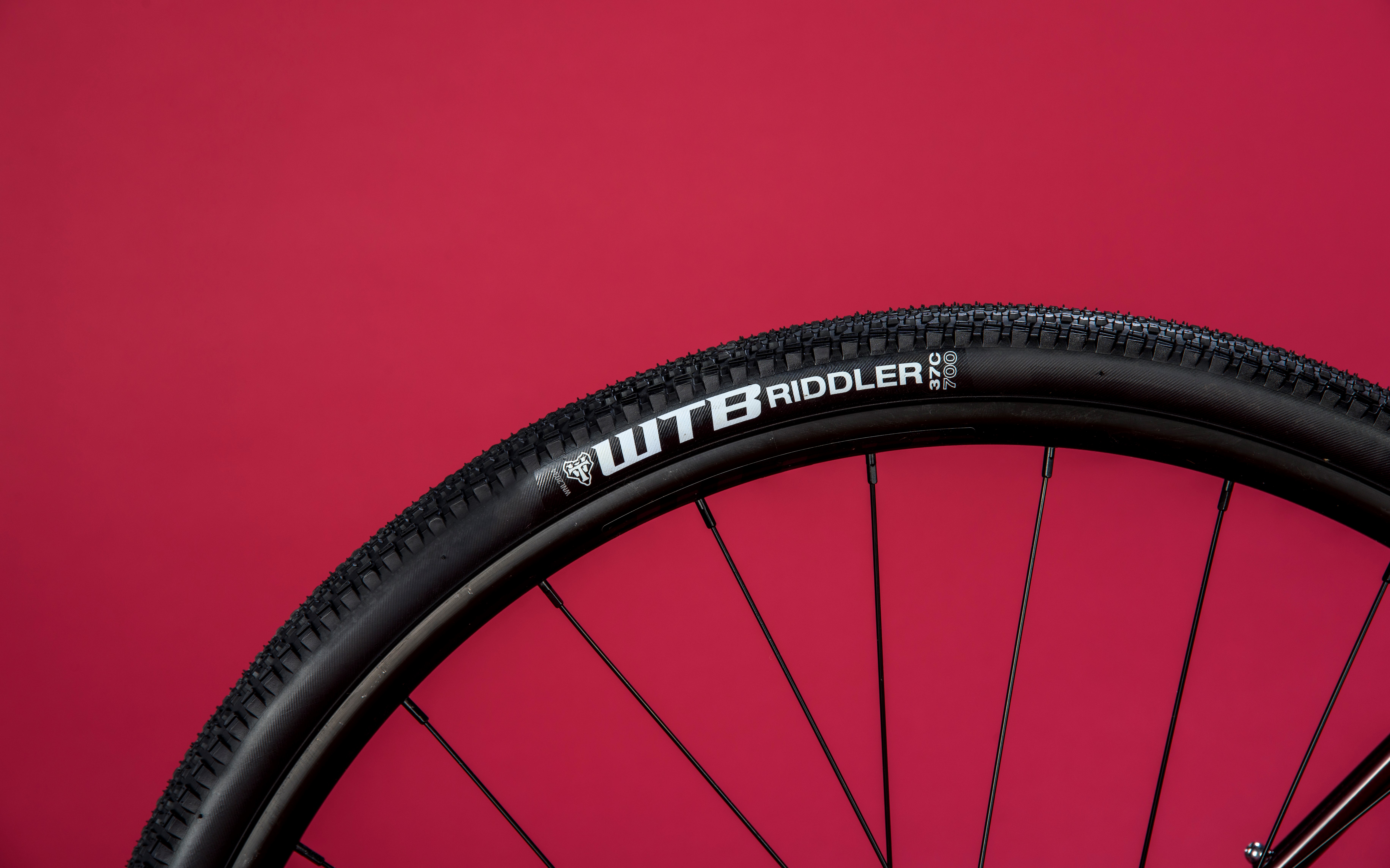
The bike came with WTB tyres to match its WTB wheels. The tyres are WTB Riddlers in 37x700c. They coped well with the mixed terrain I sent them over without giving up much speed on the tarmac. If I were to use the bike for longer or head further away from the prospect of a lift home, I’d want them set up tubeless – but I didn’t have any punctures using them with inner tubes.
GT Grade Elite: The ride
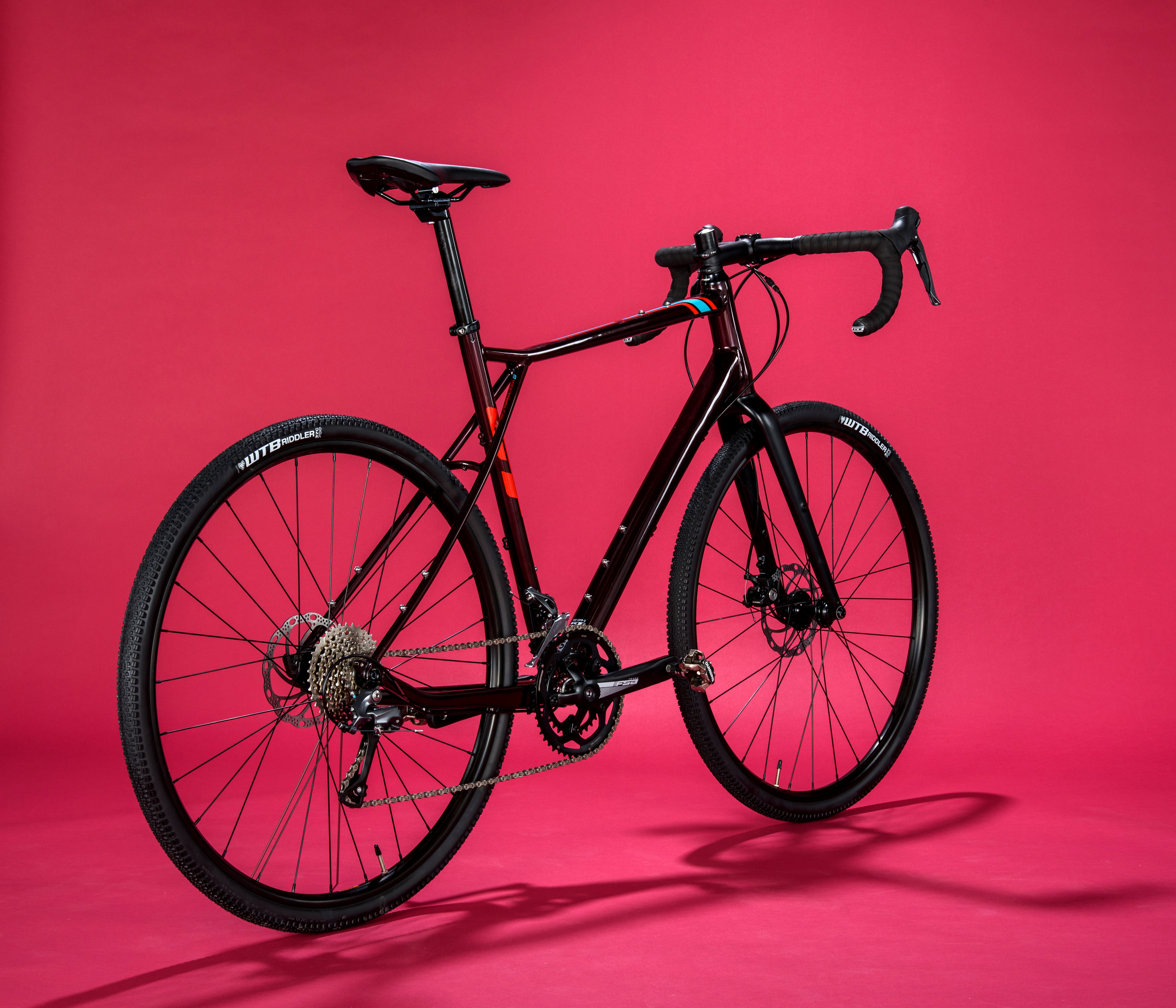
Much of my experience of the ride has been covered off above. Getting used to the brakes on the earliest rides was a bit of a task, but once I knew to start braking earlier – and sometimes start hoping harder – I got used to them for most terrain. That said, there were a few moments on technical off-road descents, on familiar tracks, where my confidence deserted me slightly as the bike didn’t slow at the same rate it would on my own bike.
My experience of this bike wasn’t all negative, though. Far from it. I’d say it was net positive in the end. Perhaps helped by the good weather and simple joy of a mixed-surface ride in the late-afternoon sunshine that could have been experienced on any bike, but the most recent rides have been a pleasure.
The bike handles well – particularly on the flat and up climbs, when braking isn’t required – and it has held up well with the tests of rutted farm tracks and stony gravel climbs.
GT Grade Elite: Value and conclusion
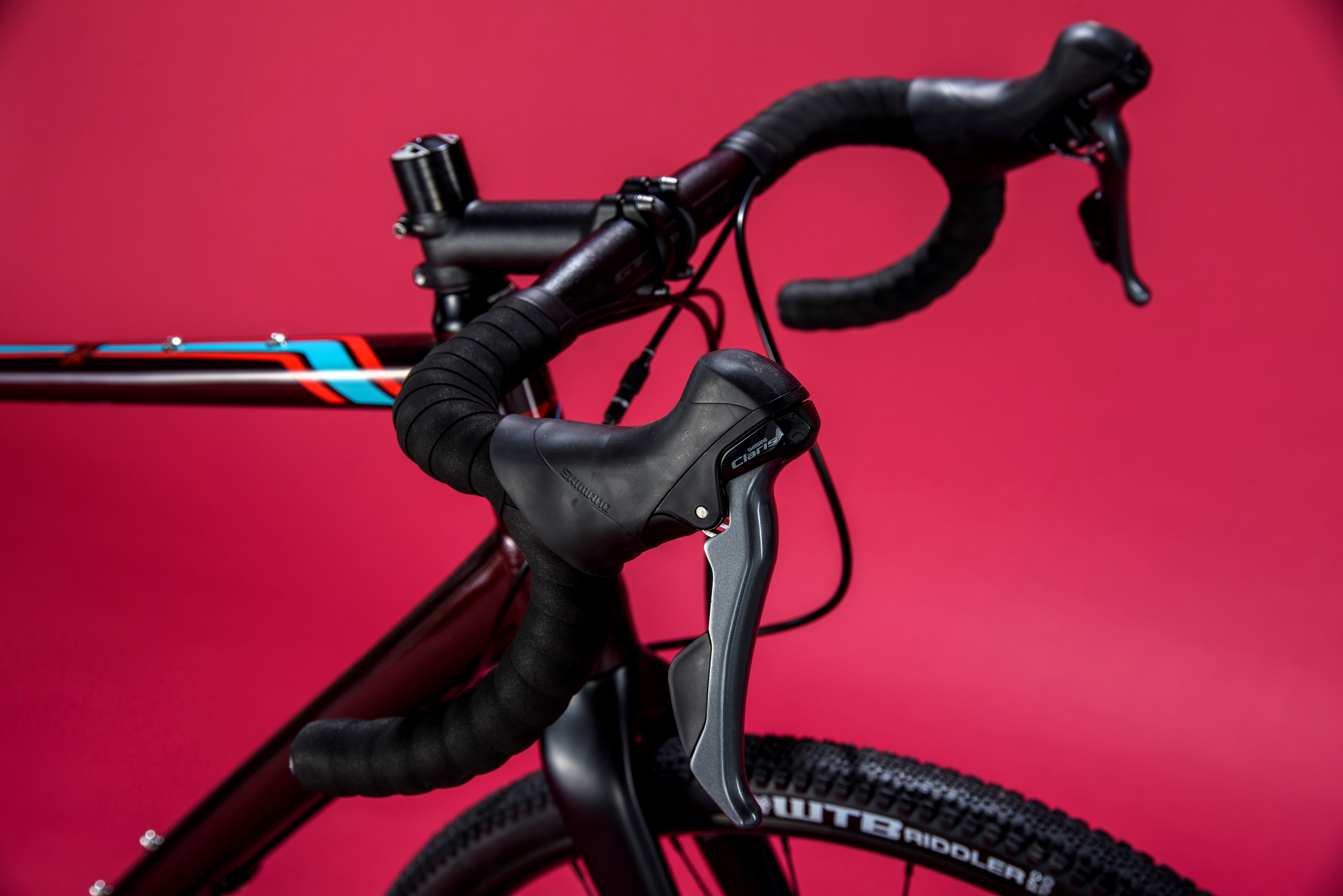
Retailing at $1,300 / £1,100, this bike is good, perhaps very good, value for money. GT’s Josh Whiting was right when he said it’s an “out the box ready to rumble gravel bike which offers great value and a frame which is set for anything”.
No frills but no messing about: just set your saddle height, add your pedals and get out riding. If you’ve got the budget, you might look to upgrade the brakes to hydraulics, but equally you may find the mechanicals are just fine.
This was a bike I was happy to ride, choosing to do so time and again after I’d surpassed any minimum number of rides that might be expected for a review.
| Retail price | UK: £1,100 / US: $1,300 |
| Sizes | 44, 48, 51, 55, 58, 61cm |
| Frame | Grade Alloy Frame, Triple Triangle design featuring floating seat stays, 12x142 thru-axle, flat mount disc, tapered headtube, external dropper compatible, BSA 68mm |
| Fork | Grade Carbon fork, tapered carbon steerer, 12x100 thru-axle, flat mount disc |
| Chain | KMC X8, 8-speed |
| Crank | FSA Tempo Adventure, 48/32 |
| Bottom bracket | Cartridge, square taper |
| Front derailleur | Shimano Claris, braze-on |
| Rear derailleur | Shimano Claris |
| Shifters | Shimano Claris, 2x8 |
| Cassette | Sunrace, 11-34, 8-speed |
| Rims | WTB ST i23 TCS 2.0, 28h, tubeless ready |
| Tyres | WTB Riddler, 700 x 37c, wire bead |
| Front hub | Formula RX-512, 28h, 12x100 Disc |
| Rear hub | Formula DC-142, 12x142 |
| Spokes | Stainless Steel, 14g |
| Brakes | Tektro mechanical disc, 160/160mm rotors |
| Handlebar | GT DropTune RS, alloy, 10° flare |
| Stem | GT 3D forged alloy, 31.8 |
| Headset | FSA No.44, integrated, sealed bearing |
| Saddle | GT Pavement, steel rails |
| Seat post | GT two bolt alloy |

Thank you for reading 20 articles this month* Join now for unlimited access
Enjoy your first month for just £1 / $1 / €1
*Read 5 free articles per month without a subscription

Join now for unlimited access
Try first month for just £1 / $1 / €1
Get The Leadout Newsletter
The latest race content, interviews, features, reviews and expert buying guides, direct to your inbox!
Jack Elton-Walters hails from the Isle of Wight, and would be quick to tell anyone that it's his favourite place to ride. He has covered a varied range of topics for Cycling Weekly, producing articles focusing on tech, professional racing and cycling culture. He moved on to work for Cyclist Magazine in 2017 where he stayed for four years until going freelance. He now returns to Cycling Weekly from time-to-time to cover racing, review cycling gear and write longer features for print and online.
-
 'This is the marriage venue, no?': how one rider ran the whole gamut of hallucinations in a single race
'This is the marriage venue, no?': how one rider ran the whole gamut of hallucinations in a single raceKabir Rachure's first RAAM was a crazy experience in more ways than one, he tells Cycling Weekly's Going Long podcast
By James Shrubsall Published
-
 Full Tour of Britain Women route announced, taking place from North Yorkshire to Glasgow
Full Tour of Britain Women route announced, taking place from North Yorkshire to GlasgowBritish Cycling's Women's WorldTour four-stage race will take place in northern England and Scotland
By Tom Thewlis Published
-
 Positive signs for UK bike industry as Halfords cycling sales grow
Positive signs for UK bike industry as Halfords cycling sales growRetailer admits that the impact of Donald Trump's tariffs remains to be seen
By Tom Thewlis Published